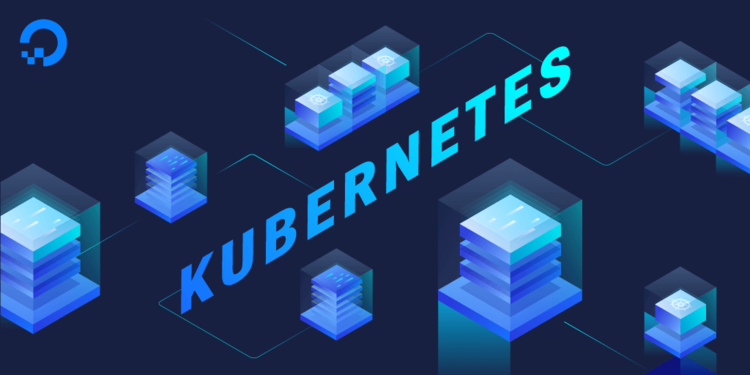Kubernetes, otherwise known as K8s, is an open-source platform made for managing containerized applications and workloads. When a team uses Kubernetes, updates and deployments can happen with limited downtime and without the need to take down the entire application for each update to the code or structure. This system makes the running of extensive projects more seamless for both the developers and the end users, but it comes at the cost of Kubernete’s often-complicated nature.
One of the biggest advantages of K8s is its scalability. Kubernetes distributions are already uniquely suited for larger applications, but they can be almost endlessly adapted to suit even more extensive workloads. That’s where Kubernetes clusters and multi-cluster Kubernetes come in to play. Multi-cluster Kubernetes essentially containerizes the container management platform for a bird’s eye view of the development.
Understanding Kubernetes clusters can be difficult, and by extension, it may be hard to understand the administrative process for them. Below is an overview of what makes up Kubernetes clusters, an overview of K8s cluster administration, why it is important, and why a solid Kubernetes management platform is an excellent resource.
What is a Kubernetes cluster?
To understand what a Kubernetes cluster is, one must first understand what it is composed of. Their purpose is to run containerized applications. These clusters allow containers to operate across numerous machines and environments, including cloud-based, physical, on-premises, and virtual.
There are six components of a Kubernetes cluster, the API server, the scheduler, the controller manager, Kubelet, Kube-proxy, and Etcd. The components run on either Linux or Docker containers, and the master node runs the API server, the controller, and scheduler, while the worker nodes run the other components.
Kubernetes clusters contain one master node and a varying degree of worker nodes. The master node of the Kubernetes cluster is in charge of the state of the cluster, controls what applications are running and their container images, and is the starting point for all task assignments.
It will dictate processes like installing updates, maintaining the state of the cluster, and scheduling/scaling applications.
The worker nodes are the components responsible for running the applications. Tasks for the workers are assigned by the master node. They are either physical computers or virtual machines, and they all operate as a cog in one system. There are also some other important aspects to note about Kubernetes clusters, such as how to deploy them.
Why is Kubernetes cluster management essential?
Kubernetes environments require management at an individual cluster level and, as such, the price of managing clusters can increase rapidly depending on the number of clusters. These clusters must be individually configured, deployed, and upgraded for security purposes. Management throughout the lifecycle of a cluster can include creating a new one or removing one, maintenance and upgrades, and securing it.
In terms of development, it is ideal to have easy access to new clusters, which means they need operations teams and SREs. This way they will be configured so that apps will be available in the production process.
Management such as this is essential as it helps overcome the issues administrators and site reliability engineers face when dealing with the varying situations of clusters.
Who should you choose for Kubernetes cluster management?
Every project and department will have their own needs when it comes to wrangling K8s clusters, but a good management platform can make all the difference when it comes to cluster administration. Before signing with a vendor, be sure told check their reviews and conduct a thorough investigation of their credentials and UX.
While Kubernetes cluster management can be handled in-house, developing the architecture to do so would require hundreds of person-hours and a dedicated team to fix bugs and other arising situations. For most departments, outsourcing the Kubernetes cluster management platform is the most economical way to deal with containizered applications.
Wrap up
Kubernetes is such a powerful platform because it can be in multiple places at once, included in multiple on-site servers, on the cloud, and even in edge networks. That distribution is a strength, but it can also make K8s difficult to manage and command without an established multi-cluster management solution.
Kubernetes management and cluster orchestration comes with enough jargon-filled terms to make the head spin, but it doesn’t have to be impossible to wrangle a multi-cluster distribution into an efficient machine. With solid management, developers can input commands directly into their interface and make changes over the entirety of the distribution or targeted clusters as necessary.
The information above has hopefully helped explain many details, why Kubernetes cluster management is important and why enlisting the help of a hosted solution is the best option for many projects. K8s management is the best way to use Kubernetes to its fullest distributed potential.


